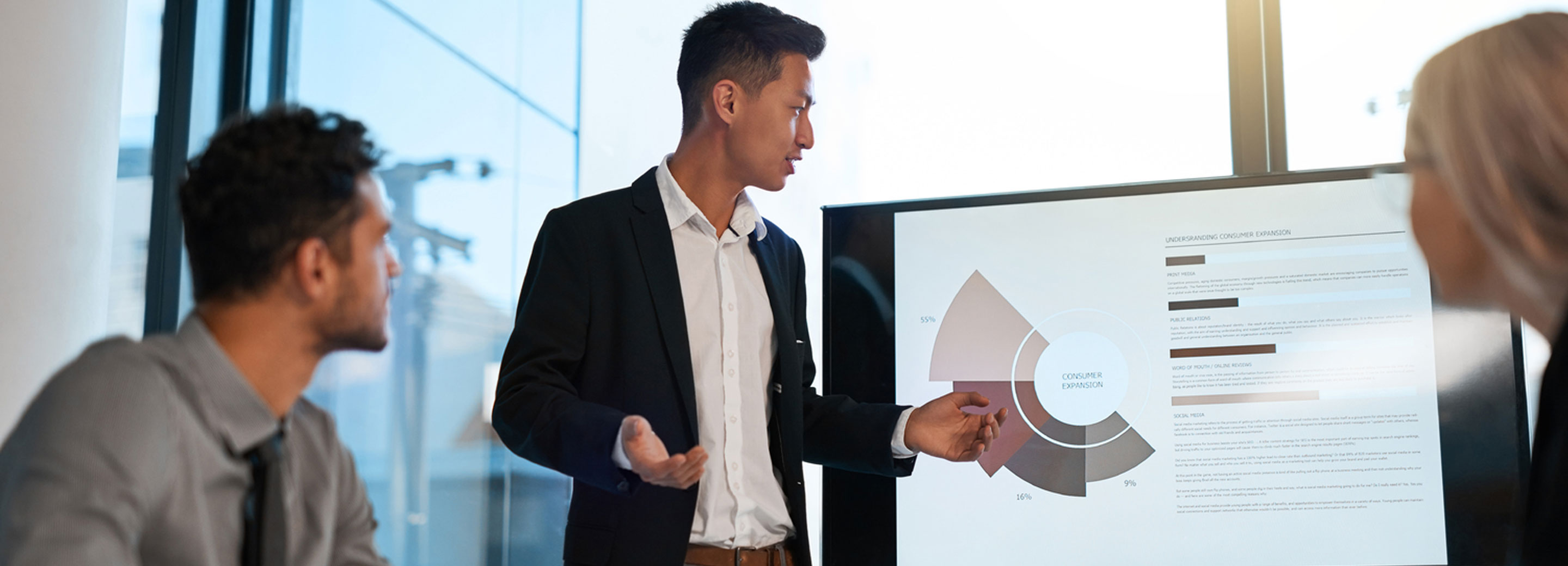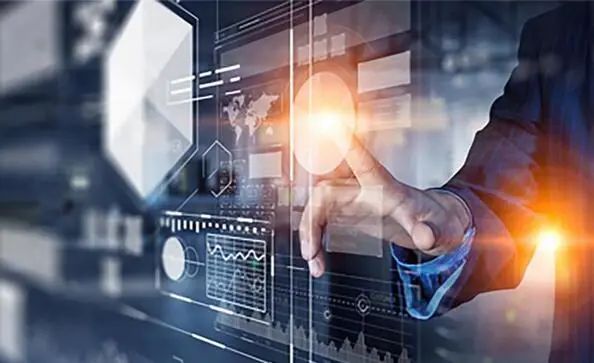Why More CPOs Should Focus on Tax Automation

As the global recession extends into the second half of 2020 and economic uncertainty continues to pervade the market, it is more important than ever for enterprises to optimize the management of their cash and maintain the liquidity needed to fund current and near-term operations. For chief procurement officers (CPOs), this has many implications tied to the sourcing, ordering and payment of (and for) the goods and services that drive their businesses. One area that is capturing the attention of more CPOs in this business cycle is the value of automating the tax calculation and payment process. Tax automation solutions are being used by these procurement leaders as a means to drive organizational efficiencies, improve supplier relationships and reduce the risks associated with mistaken tax payments.
As more and more businesses continue to streamline and improve their supplier relationship management capabilities, the procurement and AP departments working on the frontlines are increasing their level of process and systems collaboration significantly, particularly within and across the procure-to-pay (P2P) process. Today, a P2P collaboration can and should include tax, an area once considered primarily, if not solely, under the realm of the finance department. This means that as procurement departments continue to expand their operational control and oversight of the P2P, their involvement with tax necessarily increases.
Accordingly, CPOs and their teams benefit from the improved visibility, calculation and execution of tax payments that tax automation solutions provide. By integrating these solutions into an existing eProcurement and/or P2P system, buyers can see, in real-time, the tax component of an order and perform a total cost of ownership calculation before generating a purchase order. Likewise, on the AP side, with an integrated tax automation solution in place, invoice validations can incorporate tax calculations and improve the overall accuracy and precision in executing B2B payments. This has the direct benefit of improving supplier relationships by reducing payment errors or discrepancies, providing a more accurate assessment of overall cash positions and driving operational efficiencies. Additionally, automated tax solutions can minimize the risk of exposure that many enterprises unknowingly face when their tax payments are computed manually and outside of the traditional P2P process.
As business executives increase their focus on cash and liquidity management throughout the second half of 2020, CPOs and their teams have an opportunity to broaden their ability to impact cash via the introduction of tax automation solutions.
Disclaimer
Please remember that the Vertex blog provides information for educational purposes, not specific tax or legal advice. Always consult a qualified tax or legal advisor before taking any action based on this information. The views and opinions expressed in the Vertex blog are those of the authors and do not necessarily reflect the official policy, position, or opinion of Vertex Inc.
Blog Author
Why add a tax engine for procurement?
Integrate a tax engine to improve tax accuracy and streamline procurement processes. Learn how in this video.
WATCH VIDEO
